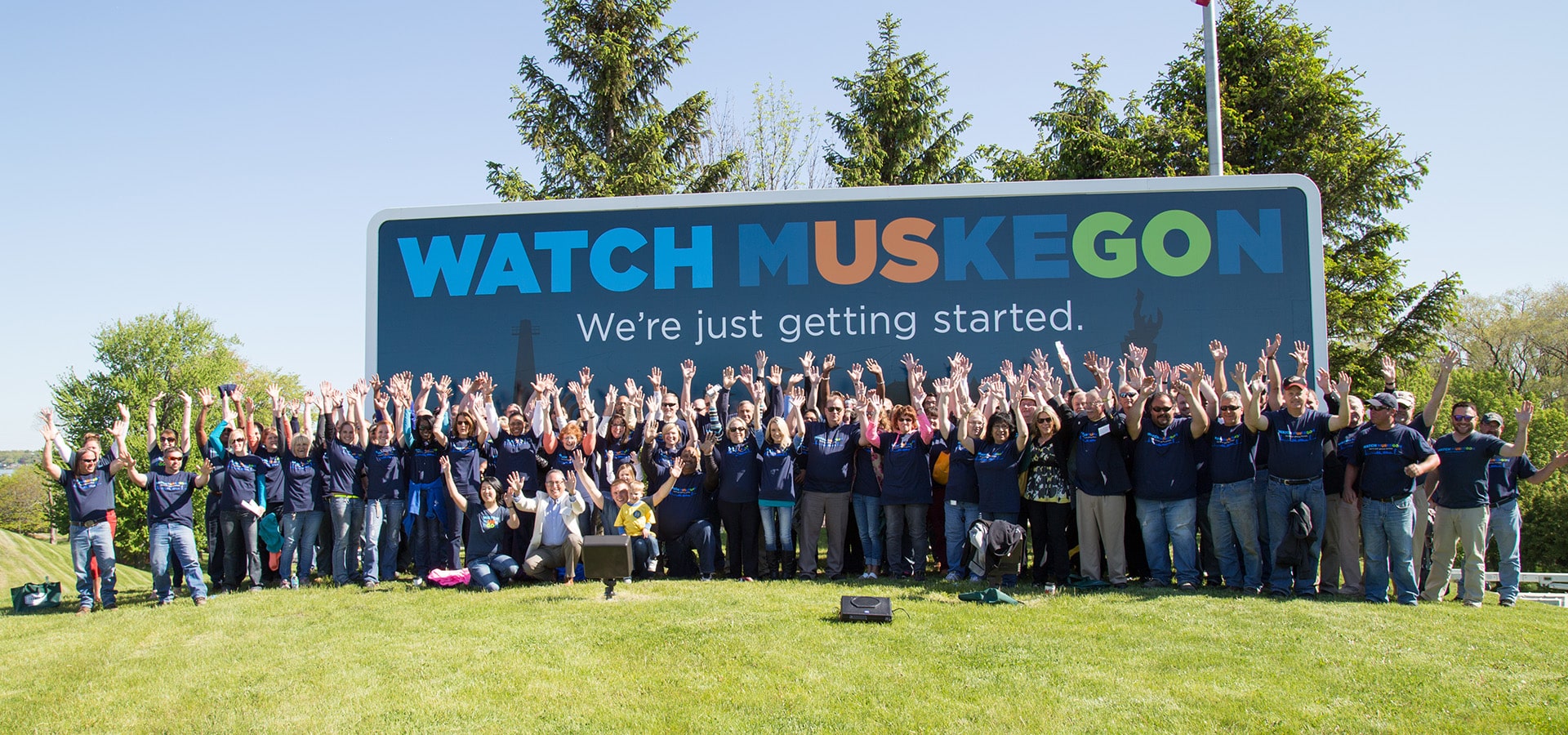Strategic plans and marketing are a winning combination.
I kicked off a new marketing engagement recently. This was not your average client kick-off, however.
What usually happens before these whiteboard meetings is we ask the client to watch Simon Sinek’s TED Talk about “How great leaders inspire action” to prepare. Then at the whiteboard, we spend an hour and a half to two hours walking the client through his “Start with Why” process. This is a great way for us to get to know what they do, how they do it, and most importantly, why they do what they do. We spend most of our time during the whiteboard probing deeper and deeper, asking questions, and challenging generic statements until we get to the company’s Why.
This whiteboard was unique because the client had just completed a strategic plan. I felt like Jed Clampett in The Beverly Hillbillies— I’d struck gold. They not only knew their Why, which is at the core of any successful marketing endeavor, but they also had crystal clear goals for the next five years. There was no need for another meeting to flesh out their brand message. We had it. We were off and running.
Wikipedia defines strategic planning as an organization’s process of defining its strategy or direction and making decisions on allocating its resources to attain strategic goals.
Most strategic plans look more or less the same and include the following steps:
- Market Analysis
- Strengths, Weaknesses, Opportunities, Threats (SWOT) Analysis
- Mission and Vision Review
- Goals
- Strategies
- Budget
- Measurement
With a clear understanding of the steps in the process, you can start developing your strategic plan. You can start playing to win.
Playing To Win
Bull Durham is a minor league baseball tour de force. The 1988 movie stars a young Tim Robbins as Nuke LaLoosh, an up-and-coming rookie pitcher, and Kevin Costner as Crash Davis, a wise veteran catcher nearing the end of a long minor league career. There’s a scene in the movie where a wide-eyed Nuke is running down the aisle of the team bus after pitching the Durham Bulls to victory. Nuke turns to Crash and says, “I love winning, man! I f—ing love winning! You know what I’m saying? It’s, like, better than losing.”
Winning matters. One of my favorite strategic planning philosophies is Playing to Win: How Strategy Really Works. The book was recommended by an agency friend John McDonald with Metric Marketing.
In Playing to Win, authors A.G. Lafley and Roger Martin outline an action plan for success in business that they developed while working together as the CEO of and a consultant at Proctor and Gamble (P&G) between 2000 and 2009.
The book’s premise rests on making every choice with the express purpose of not just competing but winning. Winning will look different for different segments of the company—on the company level. It may include becoming the number one player in the market; on an individual level, it may mean having the best sales numbers in a region.
A Playing To Win strategy is an integrated set of answers to five questions that uniquely positions a firm in its industry to create a sustainable advantage and superior value relative to the competition. Those choices are:
- What is our winning aspiration? – The company’s purpose
- Where will we play? – The company’s target markets
- How will we win? – The way to win on the chosen target markets
- What capabilities must be in place to win? – The set of capabilities and configurations required to win in the chosen way
- What management systems are required? – The systems and measures that enable the capabilities and support the choices
The framework forces companies to make tough decisions that, when executed correctly, result in a competitive advantage and a leadership position in a given industry.
EOS
The first home I owned was a Craftsman House. Every house on my street looked more or less the same. I later learned that our bungalow was a kit house from Sears. From 1908-1940, Sears & Roebuck sold between 70,000-75,000 of these homes across the United States. These kits were known as “the American dream in a box.”
(Sidenote: There’s another great scene in Bull Durham when the pitching coach Larry Hockett welcomes Crash to the Bulls, and he waxes not so poetically about working at Sears. “Sears sucks, Crash. Boy, I worked there once. Sold Lady Kenmore’s. Nasty, whoa, nasty.”)
The house kits were a brilliant concept. Anyone that wanted to build a home but lacked the design and architectural expertise could simply thumb through the 4-pound Sears & Roebuck catalog and pick out the house of their dreams. When Sears began selling homes by mail, 20% of the country received the catalog in their mailboxes. Once ordered, the homes were shipped by train car to be assembled by the homeowner.
The Entrepreneurial Operating System ® (EOS) is the kit house of strategic planning. EOS is a set of simple concepts and practical tools used by over 170,000 companies worldwide to clarify, simplify, and achieve their vision. We’ve been practicing EOS at Revel since 2016. It’s a game-changer.
The EOS model is made up of Six Key Components for achieving business and strategic planning success and leadership development: Vision, People, Data, Issues, Process, and Traction.
The Vision/Traction Organizer™ or V/TO is at the heart of any EOS company. This is the most important document for leadership teams running a business on the Entrepreneurial Operating System®. The V/TO is a two-page template for organizing plans and forecasting the future of a company.
The beauty of the V/TO is its simplicity. It combines all the elements of a business plan into two pages. It then serves as a living, breathing document evolving as the company faces new challenges and its needs change.
Any good strategic plan must be built on a strong foundation. Otherwise, it will fail. There’s no silver bullet in strategic planning, but EOS comes close. It provides a blueprint. From there, you need to do the work.
What’s Next?
EOS and Playing To Win are strategic planning tools. There is no Great and Powerful Oz when it comes to strategy. Strategy is a collaborative process where ideas are discussed freely, points of view are vetted, and decisions are made. Strategy is about choice. Failing to make choices makes every project a priority. Without a plan, you’ve already lost.
Whichever approach is used, the perfect time to kick off a marketing project is when a strategic plan is hot off the press. Most strategic plans involve growth, making marketing a key component. Whether it’s a marketing communications plan to lay out the marketing initiatives needed or a rebrand to present a new image, marketing brings strategic plans to life. It’s where the rubber meets the road, and strategic concepts become a reality.
That, my friend, is how you win.










